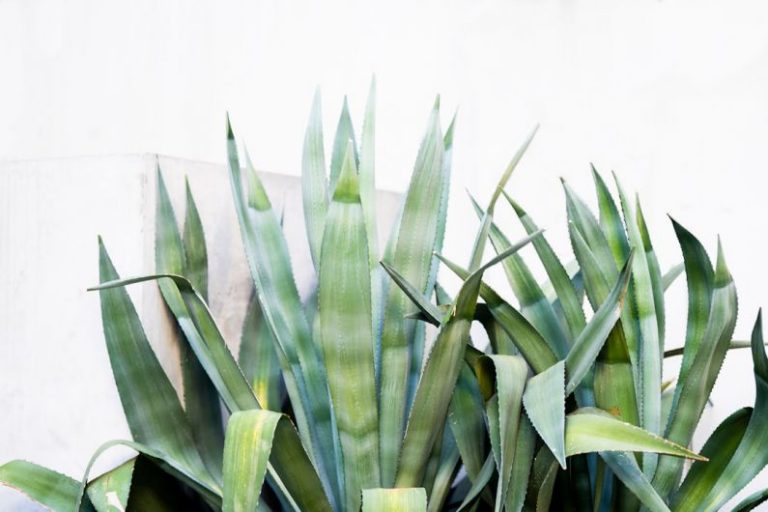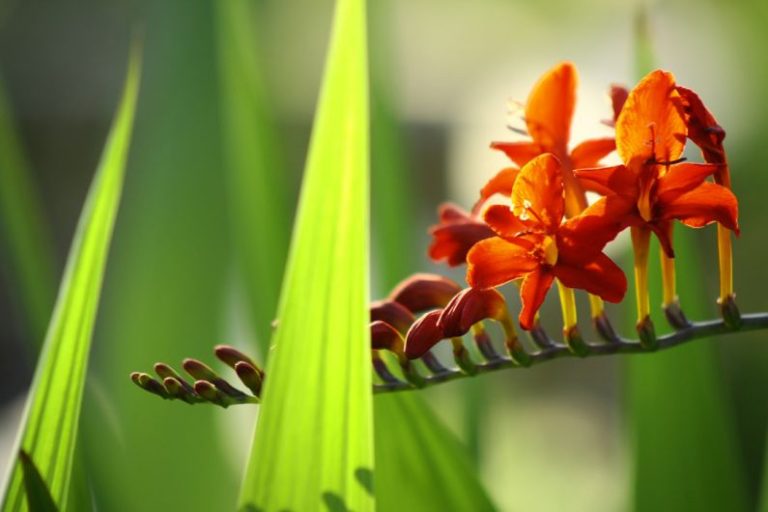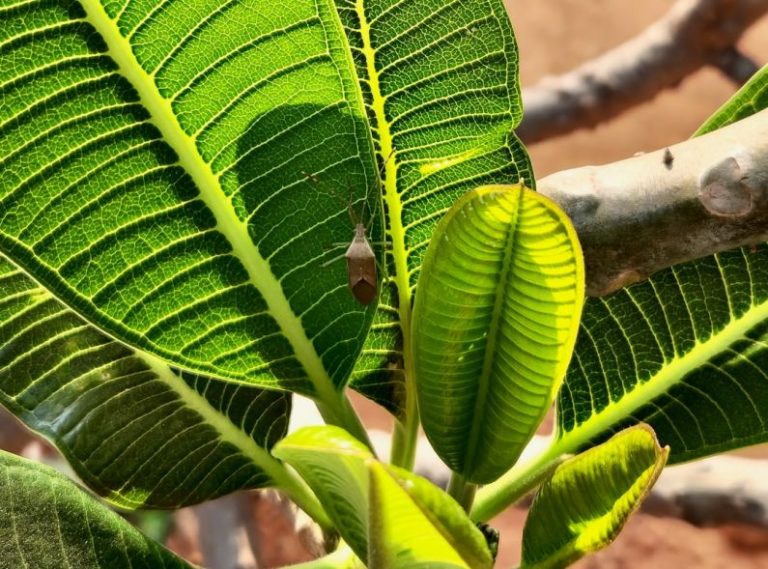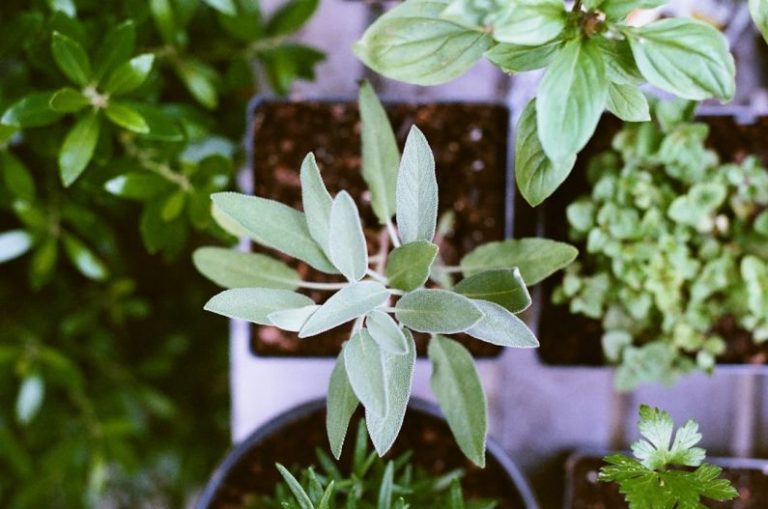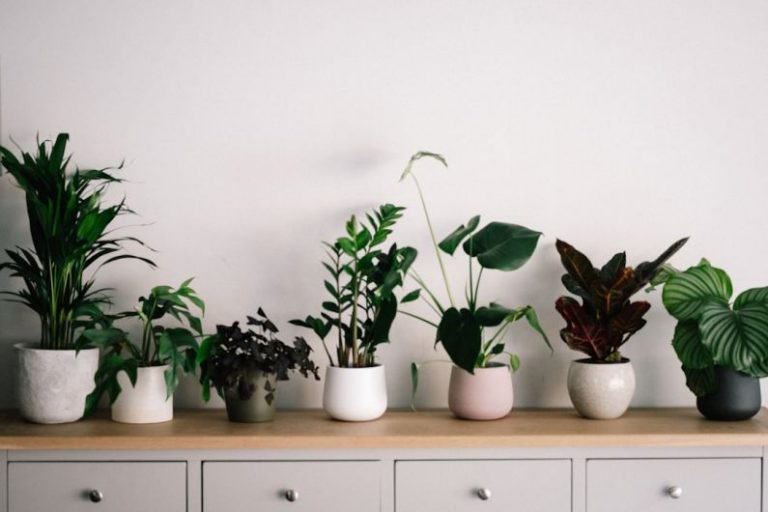Creating a Wildlife-friendly Garden
Wildlife-friendly gardens have become increasingly popular in recent years as people recognize the importance of creating spaces that support biodiversity. By making simple changes to your garden, you can attract a variety of wildlife, from birds and butterflies to bees and small mammals. Creating a wildlife-friendly garden not only benefits the environment but also provides you with a peaceful and vibrant space to enjoy. Here are some tips to help you transform your garden into a haven for wildlife.
Designing a Natural Habitat
When planning your wildlife-friendly garden, consider creating different habitats to attract a diverse range of wildlife. Incorporate native plants that provide food and shelter for local species. Planting a mix of trees, shrubs, and wildflowers will attract pollinators like bees and butterflies, while also providing food sources for birds and other animals. Design your garden with a variety of heights and textures to create different layers for wildlife to explore.
Provide Food and Water Sources
To attract wildlife to your garden, it’s essential to provide food and water sources throughout the year. Install bird feeders and bird baths to attract birds, and consider planting fruit-bearing trees and shrubs to provide food for wildlife. Create a compost pile to attract insects and other small creatures that birds and mammals feed on. Installing a small pond or water feature will also attract a range of wildlife, including frogs, dragonflies, and birds looking for a drink or a bath.
Create Shelter and Nesting Sites
Wildlife-friendly gardens should offer shelter and nesting sites for animals to feel safe and secure. Leave areas of your garden wild and untamed to provide hiding spots for insects, amphibians, and small mammals. Install bird boxes, bat boxes, and insect hotels to provide safe nesting sites for different species. Piles of logs, rocks, and leaves can also serve as shelter for wildlife, creating a more natural and diverse habitat in your garden.
Avoid Chemicals and Pesticides
One of the most important aspects of creating a wildlife-friendly garden is to avoid using harmful chemicals and pesticides. These substances can be toxic to wildlife and disrupt the delicate balance of your garden ecosystem. Instead, opt for natural pest control methods like attracting beneficial insects, using companion planting techniques, and practicing crop rotation to deter pests naturally. Embracing a more organic approach to gardening will not only benefit wildlife but also create a healthier environment for you and your family.
Encourage Biodiversity
Diversity is key to a successful wildlife-friendly garden, so aim to create a variety of habitats and plant species to attract a wide range of wildlife. Incorporate a mix of flowers, shrubs, and trees that bloom at different times of the year to provide a constant food source for pollinators. Choose plants with different colors, shapes, and scents to attract a diverse range of insects and birds. By promoting biodiversity in your garden, you can create a thriving ecosystem that supports a wide range of wildlife species.
Enjoying the Benefits
Creating a wildlife-friendly garden is a rewarding experience that allows you to connect with nature and observe the beauty of the natural world up close. By making simple changes to your garden design and maintenance practices, you can attract a variety of wildlife and create a more sustainable and environmentally friendly outdoor space. So, roll up your sleeves, get your hands dirty, and start transforming your garden into a wildlife haven today. With a little time and effort, you can enjoy the sights and sounds of nature right outside your door.

